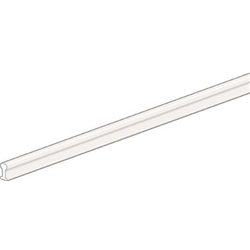Static grass puffer bottles work by manually charging model grass fibres with static electricity. When the charged...
No products
Product successfully added to your shopping cart
There are 0 items in your cart. There is 1 item in your cart.
Search Tips
What is broad gauge?
'Broad gauge' refers to a track gauge (the distance between the two rails) wider than the standard gauge of 4 feet 8½ inches (1,435 mm).
Specifically, the broad gauge in British railway history was a track gauge of 7 feet ¼ inch (2,140 mm), which was used by the Great Western Railway (GWR) and associated companies in the United Kingdom during the 19th century.
The GWR's broad gauge system was eventually converted to standard gauge between 1854 and 1892, due to the predominance of standard gauge across the rest of the British rail network. However, many enthusiasts and modellers in the UK still recreate and model the broad gauge era, particularly GWR locomotives and rolling stock from that period.
For a UK modeller interested in recreating the broad gauge, they would need to construct track with a wider spacing of 7 feet ¼ inch and use models specifically designed or modified for that gauge. This allows for accurate representation of the unique locomotives, carriages, and wagons that were built to run on the GWR's broad gauge lines.
Click here to receive the tips weekly in your mailbox. You can unsubscribe at any time.










